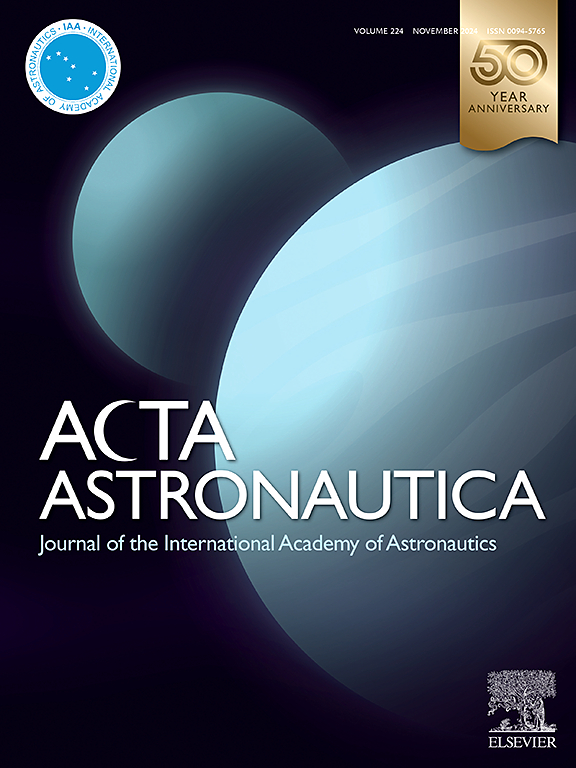History of the space industry in Asia: A concert in three movements
IF 3.4
2区 物理与天体物理
Q1 ENGINEERING, AEROSPACE
引用次数: 0
Abstract
The space industry in Asia can be viewed as a musical concert. The region comprises a diverse patchwork of nations, each contributing different instruments to the regional space development orchestra. Its history consists of three successive movements. In the first, 1957–1991, Asia's space industry developed in the shadow of Cold War superpowers, with the US and former USSR setting the tone for the global space exploration symphony. In the second, 1991–2010, Asia's own giants started to emerge into the limelight, under initiatives by governments and large corporations. In the third, 2010-present, Asia is an integral part of the new space movement, its activities experiencing a fast crescendo in multiple areas of the region driven in part by private initiatives. This three-part article represents the culmination of a one-year research effort by the Asia Team of the IAF/IAA/IISL Advisory Committee on History Activities (ACHA). Cross-cutting trends and research questions are identified as a starting point for further investigation, to help preserve and increase awareness of the history of international space cooperation globally.
亚洲航天工业的历史:三乐章的音乐会
亚洲的航天工业可以看作是一场音乐会。该地区由不同的国家组成,每个国家都为区域空间发展管弦乐队贡献了不同的乐器。它的历史由三个连续的运动组成。第一个阶段是1957年至1991年,亚洲的航天工业在冷战超级大国的阴影下发展起来,美国和前苏联为全球太空探索交响曲奠定了基调。第二阶段,1991年至2010年,在政府和大企业的推动下,亚洲自己的巨头开始成为人们关注的焦点。第三,2010年至今,亚洲是新空间运动的一个组成部分,其活动在该地区的多个领域经历了快速的高潮,部分是由私人倡议推动的。这篇由三部分组成的文章代表了IAF/IAA/IISL历史活动咨询委员会(ACHA)亚洲小组为期一年的研究成果。确定了跨领域趋势和研究问题作为进一步调查的起点,以帮助保存和提高对全球国际空间合作历史的认识。
本文章由计算机程序翻译,如有差异,请以英文原文为准。
求助全文
约1分钟内获得全文
求助全文
来源期刊

Acta Astronautica
工程技术-工程:宇航
CiteScore
7.20
自引率
22.90%
发文量
599
审稿时长
53 days
期刊介绍:
Acta Astronautica is sponsored by the International Academy of Astronautics. Content is based on original contributions in all fields of basic, engineering, life and social space sciences and of space technology related to:
The peaceful scientific exploration of space,
Its exploitation for human welfare and progress,
Conception, design, development and operation of space-borne and Earth-based systems,
In addition to regular issues, the journal publishes selected proceedings of the annual International Astronautical Congress (IAC), transactions of the IAA and special issues on topics of current interest, such as microgravity, space station technology, geostationary orbits, and space economics. Other subject areas include satellite technology, space transportation and communications, space energy, power and propulsion, astrodynamics, extraterrestrial intelligence and Earth observations.
 求助内容:
求助内容: 应助结果提醒方式:
应助结果提醒方式:


